There’s been a lot of talk lately about Apple switching from their existing Lightning port on iPhones to the USB-C port on future models instead. In fact, legislation in the European Union last year effectively ensures that Apple will sell iPhones with a USB-C port by 2024. So should you be excited? Let’s discuss…
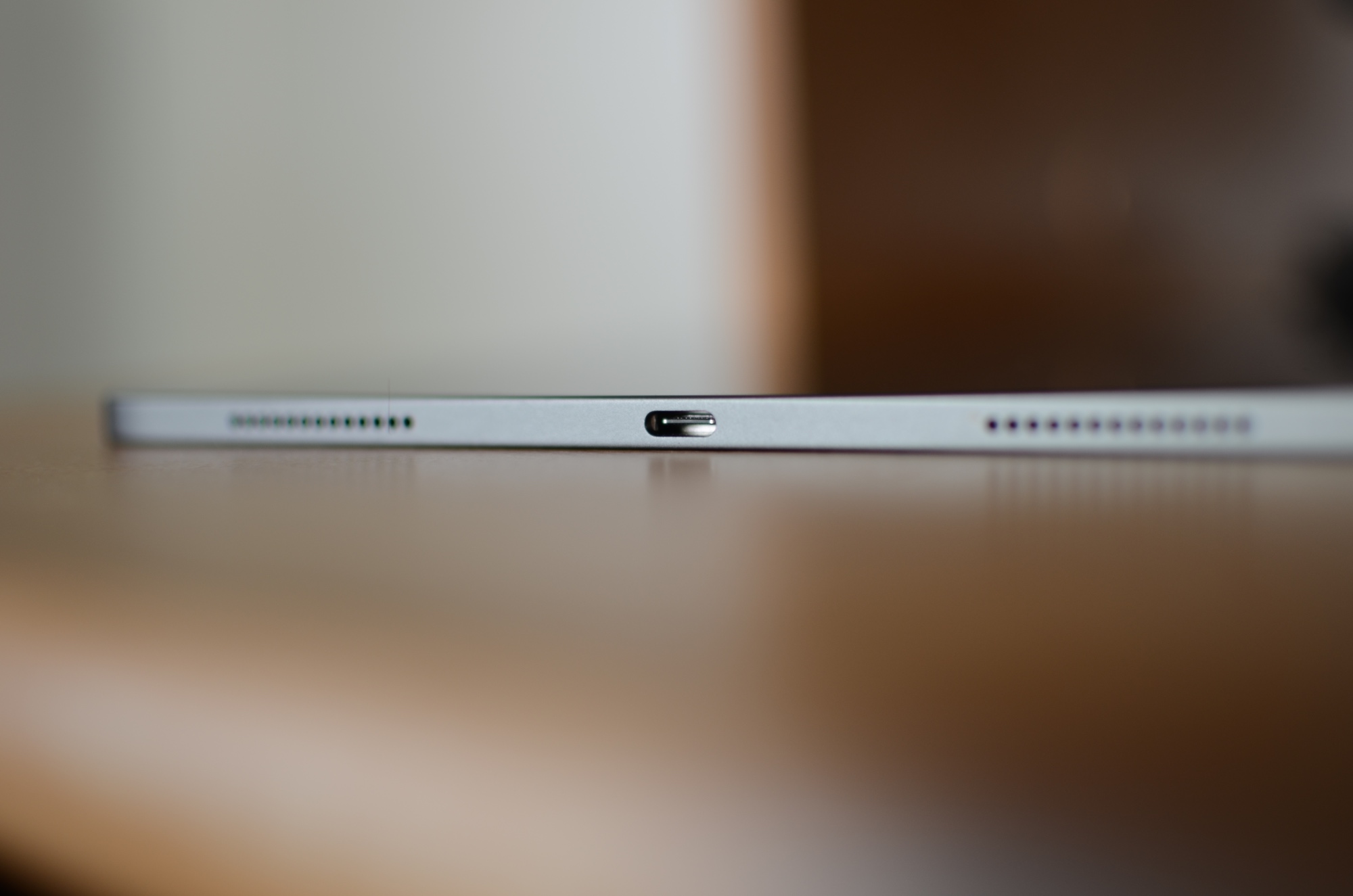
An iPhone with a USB-C port
Robotics engineering student Ken Pillonel was the first to modify an iPhone X to replace the Lightning port with a USB-C port in 2021. The videos of his achievement went viral, and there were obviously mixed feelings; some people love USB-C, while others appreciate the benefits of the Lightning port.
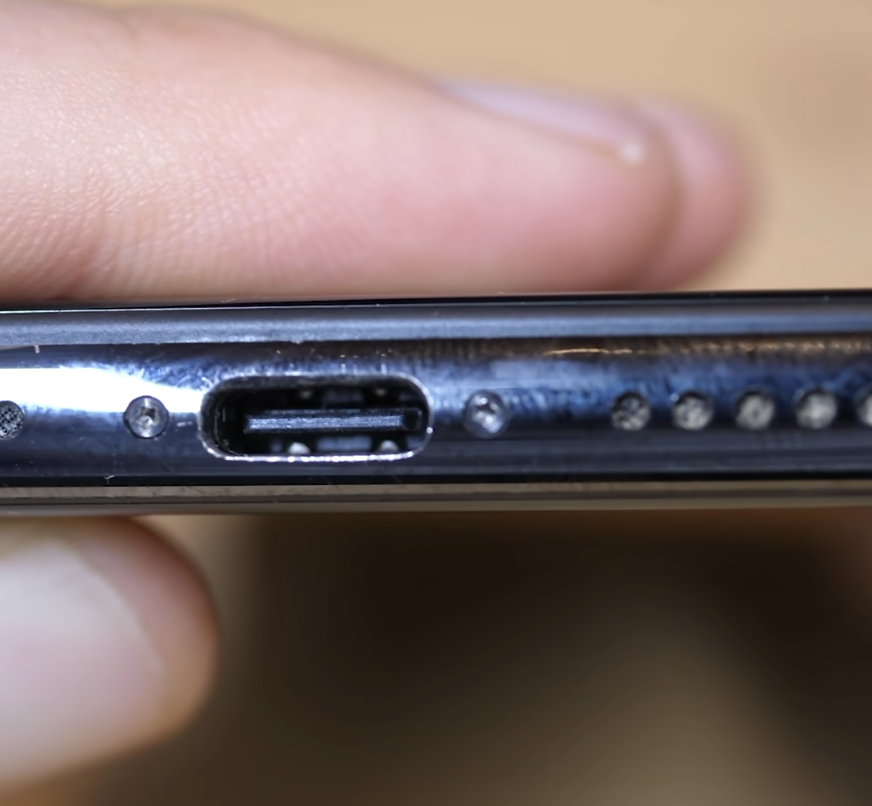
But this wasn’t an official solution. All recent iPhone models launched since Pillonel’s viral achievement continue to don the Lightning port – a proprietary digital charging and data transfer port introduced by Apple in 2012 on the iPhone 5 to replace the dated 30-pin analog connector.
Most other smartphones on the market are using the USB-C port, which is similar in size and shape to the Lightning port. Even Apple’s iPad, iPad Air, iPad Pro, and Macs utilize the USB-C port, and accessory manufacturers utilize these USB-C ports, engineering peripherals around them that enhance a device’s function.
The ‘Dongle’ problem
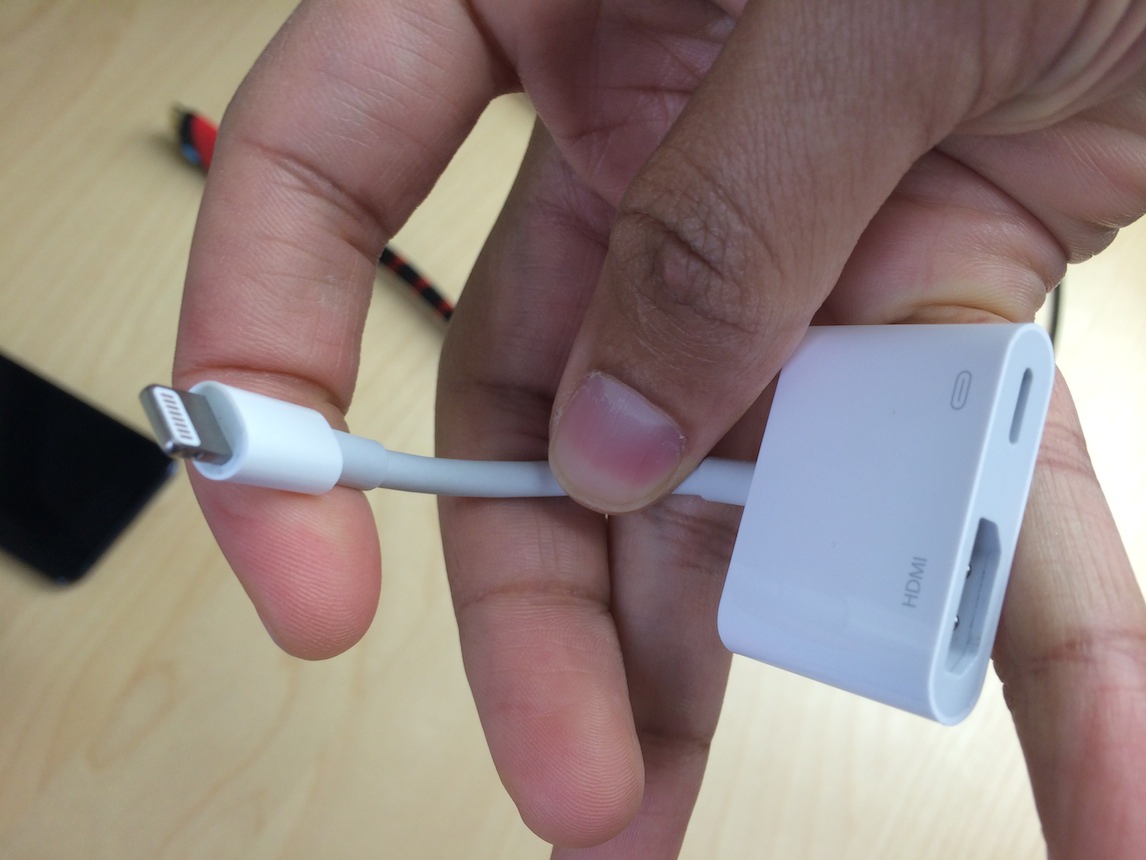
But iPhone users get no such enjoyment, as they’re stuck purchasing expensive Apple-certified adapters for each and every thing they plan to do:
- Lightning Digital AV: $50
- Lightning 3.5mm audio cable: $35
- Lightning Audio & Power: $40
- Lightning to VGA & Power: $50
- Lightning to USB 3 & Power: $40
- Lightning to USB 3 without Power: $30
- Lightning to SD Card: $30
- Lightning to 3.5mm: $10
And the list goes on…
Obviously, you would need adapters to make these things work with USB-C devices too, however it’s worth noting that far more third-party accessory makers offer USB-C to all-in-one connections than are available with Apple’s Lightning port. One-off adapters are also available for USB-C; however, all these adapters have one thing in common: they cost substantially less than their Lightning counterparts.
This is because of Apple’s licensing techniques and the fact that Apple earns royalties on any accessory that sports the “Made for iPhone” badge. Lightning is proprietary to the iPhone, but USB-C is an open-source standard that anyone can build for. Because of this, USB-C accessories are cheaper and easier to procure, and the all-in-one options lent by USB-C mean that you won’t have as much heft in your baggage.
All of this is, of course, contingent on Apple not using software to block non-Made for iPhone accessories…
Cheaper Lightning-to-[insert needed I/O here] options are available via eBay and Amazon, however when they aren’t officially licensed products, my experience is that they flake out and aren’t especially reliable. So I avoid those like the plague.
Cable convenience
In many cases, you can get a USB-C to [insert port here] cable, which bypasses the ‘dongle’ completely. For example, UNI makes USB-C to HDMI cables that barely take up any more space than a traditional HDMI cable, and this works perfectly for putting my iPad Pro up on a television for movie night without any dongles attached.

Assuming Apple did make a USB-C iPhone, I could use the same cable(s) I currently use with my MacBook Pro and iPad Pro with my iPhone, which would be fantastic. This would mean I wouldn’t need to pack both a USB-C version and a Lightning version of every cable or adapter I own, which would lend otherworldly convenience. I also wouldn’t need to buy all those unnecessary adapters, which would save me hundreds of dollars.
Connector differences
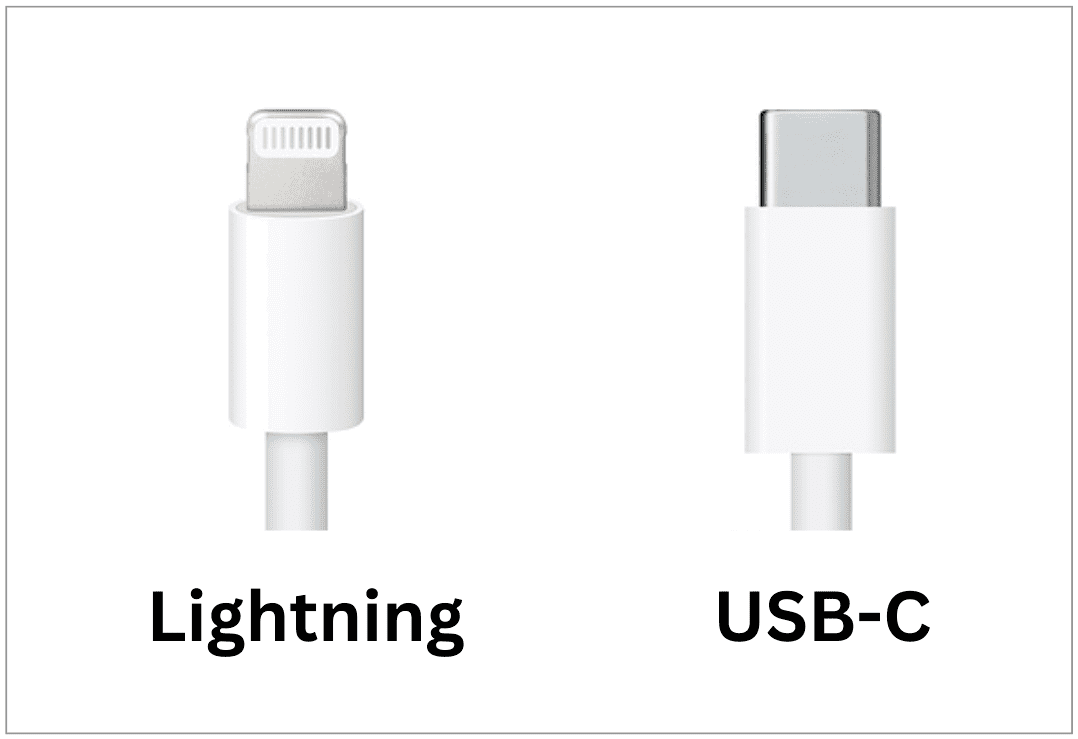
When Apple introduced Lightning in 2012, it was a remarkable improvement over the 30-pin analog connector. Not only was it fully digital, but it had fewer moving parts that could break, and it was fully reversible. It was still based on the USB 2.0 standard at the time, but Apple has since moved to the USB 3.0 standard, which gives Lightning a speed boost of up to 5Gb/s.
USB-C, on the other hand, was introduced in 2014. It’s currently up to its fourth iteration, with the USB 4.0 standard offering transfer speeds of up to 40Gb/s. USB-C connections are also generally compatible with Thunderbolt cables, whether the device support Thunderbolt or not, which provides additional cable flexibility in a pinch.
One thing that Lightning users need to be aware of, is that the Lightning end must go into the iPhone, while the USB-A or USB-C end must go into the power or data source. With a USB-C to USB-C cable, this really doesn’t matter, as there isn’t a right or wrong end to plug into the phone. Likewise, USB-C is reversible just like Lightning, so there’s no right side up.
USB-C also provides higher power tolerances than Apple’s Lightning connector does. Currently, Apple’s Lightning cables can yield up to 18W of power to a connected iPhone, while most USB-C cables can crank out up to 100W of power over Power Delivery. This is primarily why we see USB-C in use by iPads and Macs, as they draw substantially more power than iPhones do, but this also limits the charging speed of an iPhone.
One of the perks of Lightning is that the connector ‘clicks’ into its port more securely than USB-C does. While I’ve certainly used some tighter USB-C cables, there isn’t much of a ‘click’ mechanism to hold the plug in place like there is with Lightning, so some people have rightfully complained about this when the idea of switching to USB-C comes up.
Apple’s obsession with wireless
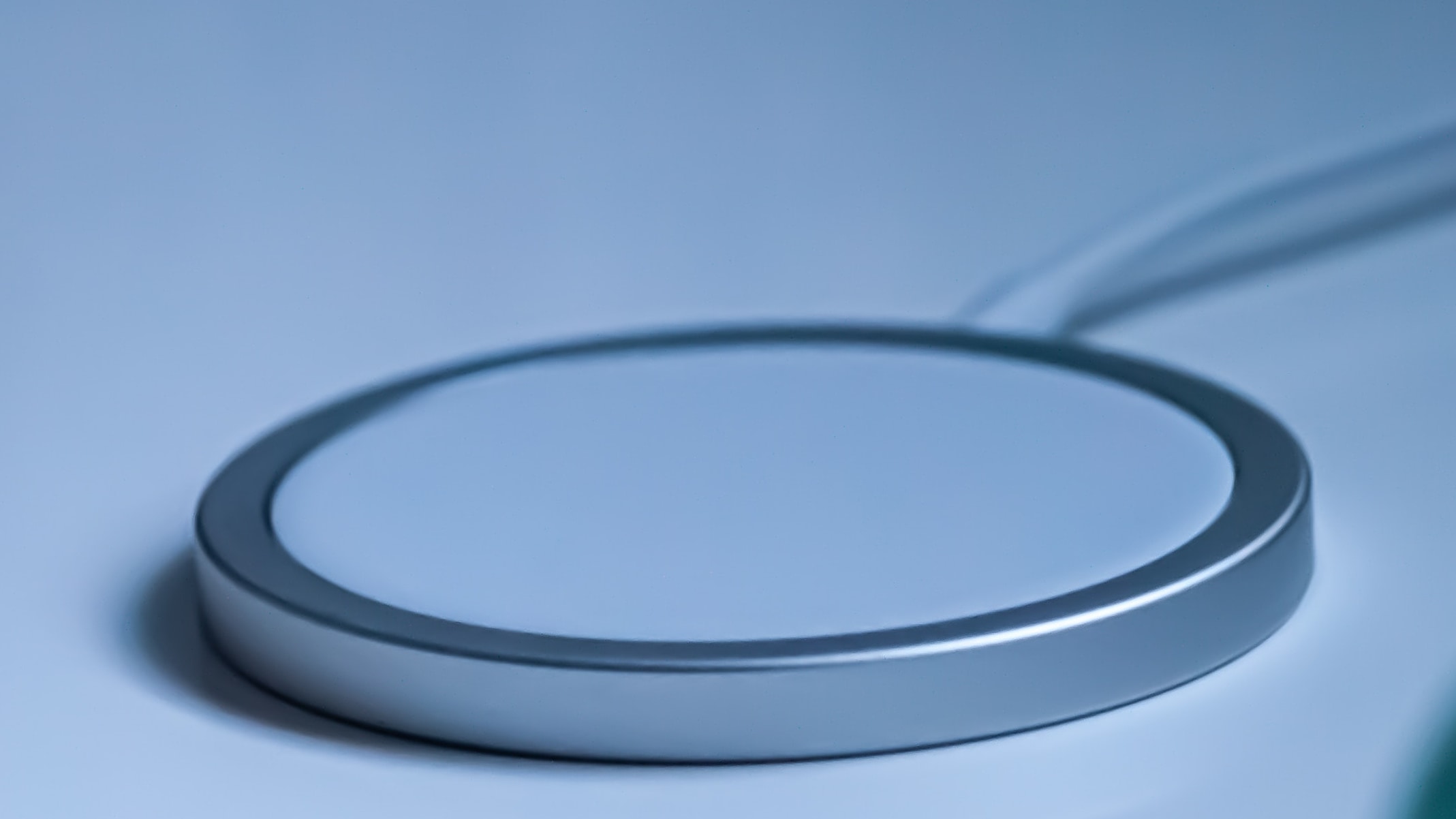
Over the years, Apple has incrementally introduced more and more wireless features into iPhones that could make wired connections obsolete. For example, Apple long ago introduced a Wi-Fi-based iTunes sync feature that has since been replaced by iCloud’s cloud-based features. But a port was still required for charging.
More recently, iPhones have moved from wired charging over to Qi wireless charging and the newer MagSafe-based wireless charging. While Qi is slower to charge iPhones at 7.5W instead of MagSafe’s faster 15W, both fail to achieve the same charging speed as an 18W Lightning cable. But USB-C could raise the bar even higher.
As for connecting to a TV, going portless would completely phase out HDMI, as Apple would instead push users to take advantage of AirPlay – a wireless streaming protocol that uses both Bluetooth and Wi-Fi to mirror your screen on a bigger display. One problem with this, however, is that not everybody has Wi-Fi at home. In fact, when I go camping, I can’t even use AirPlay to cast my iPhone’s screen onto my projector; I need HDMI. I can’t cast my screen purely over a Bluetooth connection like I can with an Android phone either.
It seemed like Apple was poised to do away with a physical port on the iPhone entirely. After all, you could buy expensive MagSafe-certified wireless chargers from Apple to do away with wired charging, buy into the iCloud data transfer ecosystem to do away with wired data transfer, and use AirPlay to do away with wired video transmission. But the European Union’s legislation is putting a massive hamper on such an idea.
Will USB-C come to the United States?
One very real concern that has come across my mind lately is whether Apple will make a USB-C iPhone purely for European Union customers while continuing to sell a Lightning-based iPhone in the United States and other parts of the world.
Logistically, this doesn’t make a lot of sense because it would be cheaper for Apple to re-tool all their manufacturing equipment once and crank out every iPhone in the same way, but we’ve seen Apple bend its manufacturing process to suit some governments before. For example, current iPhones have a dual physical SIM slot in China, while the rest of the world either has iPhones with single SIM and eSIM combos, or dual eSIM only.
The USB-C transition will be more costly for Apple than simply making a two-sided SIM card tray, so I would like to think that the European Union’s legislation will affect the company’s worldwide manufacturing. This means the entire world could get USB-C on the next iPhone.
My thoughts
Personally, I like the idea of a USB-C-equipped iPhone, and I would buy it in a heartbeat.
Apple has claimed that the European Union’s legislation will stifle innovation by preventing the iPhone from using anything but USB-C and being limited by what it can do. But it’s clear from a consumer standpoint that USB-C offers many benefits over Apple’s vision for a wireless iPhone.
Just being able to mirror my iPhone’s display on another screen when Wi-Fi isn’t present is a huge one, and I’m not a fan of the clunky HDMI to Lightning adapter I’ve been forced to use for the past several years. I’d much rather use my USB-C to HDMI cable that I’ve used with my iPad Pro for a couple of years now.
I’ve dealt with Lightning long enough, and I frankly avoid using my iPhone for anything that would require an adapter because I can probably do it with my iPad Pro and its integrated USB-C port instead. This includes looking at my Nikon camera’s photos over a simple USB-C connection and importing those photos for post-production in an app, but it also extends to movie night over a USB-C to HDMI cable on my TV or projector.
The Lightning port served an important role in the iPhone when it was introduced in 2012, but nearly a decade later, the world is moving to USB-C and Apple needs to catch up so that people can use the latest accessories with their iPhone without a chain link of adapters and dongles hanging off the end of it.
Apple made us ditch the 3.5mm headphone jack because of “courage,” and now I think it’s time for Apple to ditch their Lightning port in place of USB-C because of “courage.”
Conclusion
The move from Lightning to USB-C on the iPhone is a polarizing topic with differing opinions around every corner, so we welcome your conversation in the comments section down below. Let us know if you would like to see USB-C on your next iPhone, or if you’re satisfied with Lightning.